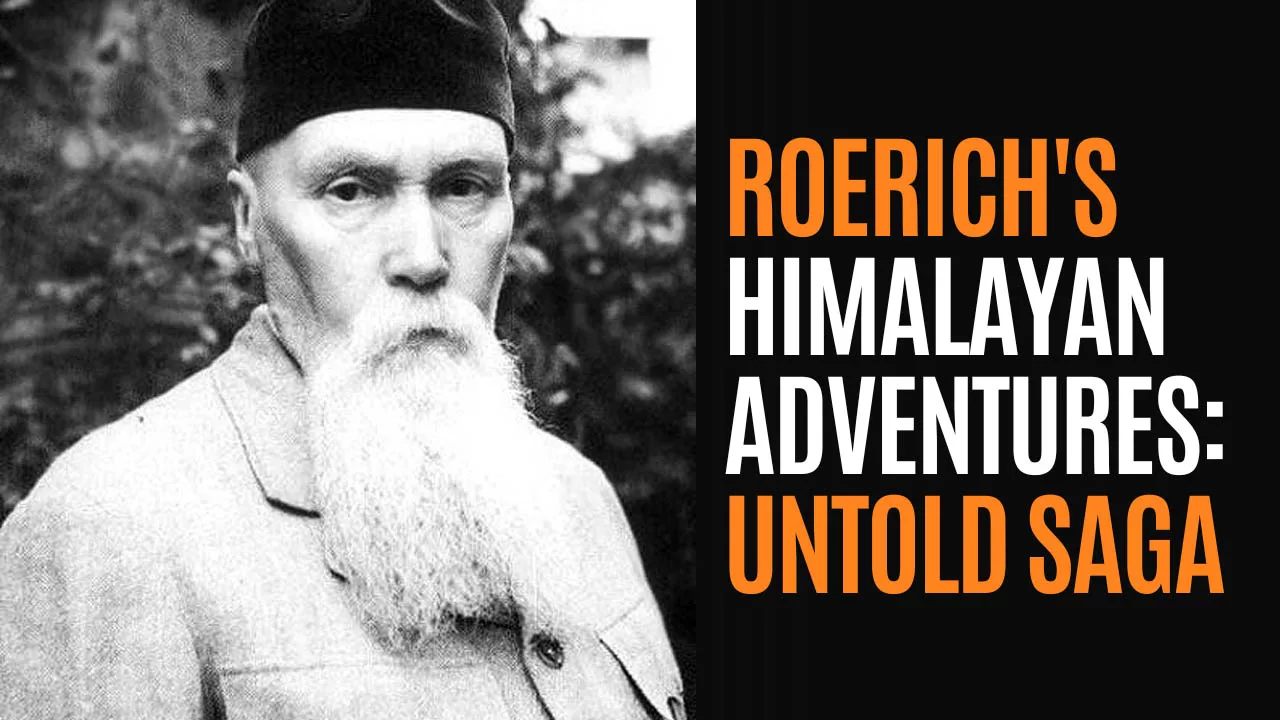Chai Ki Charcha: Bodhidharma Tea Tale & The Himalayas
Blogs
Introduction:
In the serene sanctity of the mountains, where the whispers of the wind mingle with the rustle of leaves, lies a profound connection between tea (“chai”), the towering peaks of the Indian Himalayas, and the ancient art of meditation. This connection, rooted in centuries of tradition and spiritual practice, beckons us to delve deeper into the interplay between culture, nature, and the human spirit.
The Origin of Tea: A Tale of Legends and Legacy
Tea, with its origins dating back to ancient China, holds a cherished place in the annals of history. Legend has it that Emperor Shen Nong, the “Divine Farmer,” discovered the invigorating properties of tea leaves when they accidentally fell into his boiling water. Since then, tea has been celebrated for its medicinal virtues and revered as a symbol of hospitality and friendship.

Tea’s Journey to the Indian Himalayas
Centuries ago, tea embarked on a journey from China to the distant lands of India, traversing treacherous terrain and crossing cultural boundaries. It found its way to the verdant slopes of the Indian Himalayas, where the mist-clad mountains and fertile valleys provided the perfect environment for cultivation. Today, the Indian Himalayan region boasts some of the world’s most prestigious tea estates, producing exquisite varieties cherished by connoisseurs worldwide.
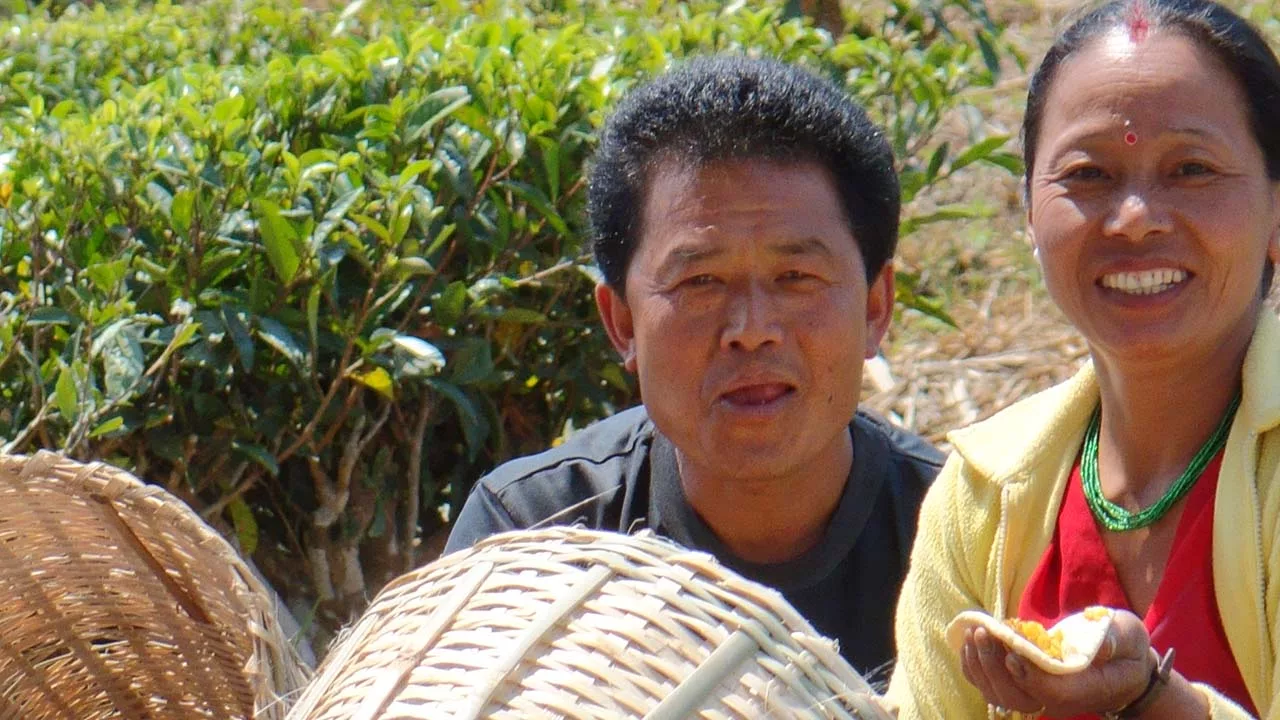
The Spiritual Significance of Mountains: A Sanctuary for the Soul
For centuries, people have revered mountains as sacred spaces imbued with divine energy, with their towering peaks and silent valleys. In the Indian Himalayas, the majesty of the mountains serves as a beacon for seekers of truth and enlightenment. It is amidst these lofty heights that the ancient practice of meditation finds its purest expression, offering solace to weary souls and inspiration to spiritual aspirants.
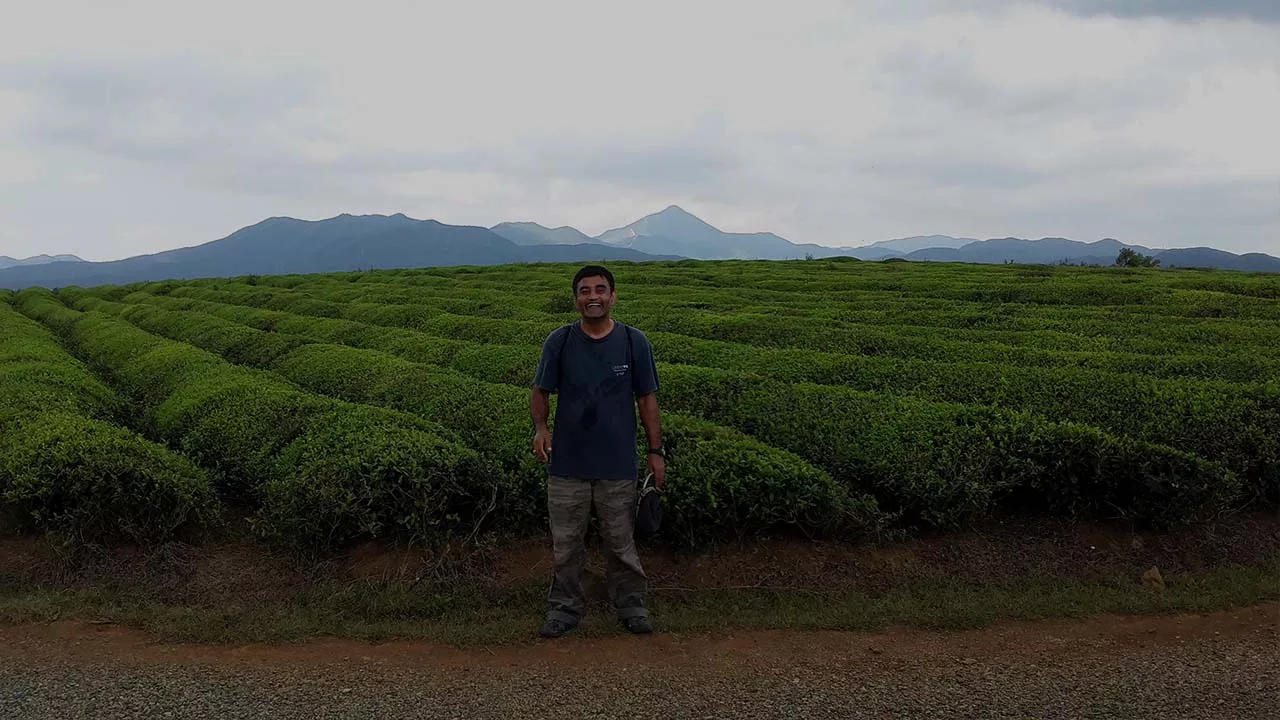
Zen, Bodhidharma, and Zen History
The connection between tea, mountains, and meditation is vividly exemplified in the teachings of Zen Buddhism. Bodhidharma, the legendary founder of Zen, embarked on a journey from India to China, eventually arriving at the Shaolin Temple. Bodhidharma is said to have spent nine years meditating in a cave near Shaolin Temple, sustained only by tea leaves and his unwavering commitment to enlightenment. There, in a secluded cave, he devoted himself to meditation, laying the groundwork for the transformative teachings of Zen Buddhism.
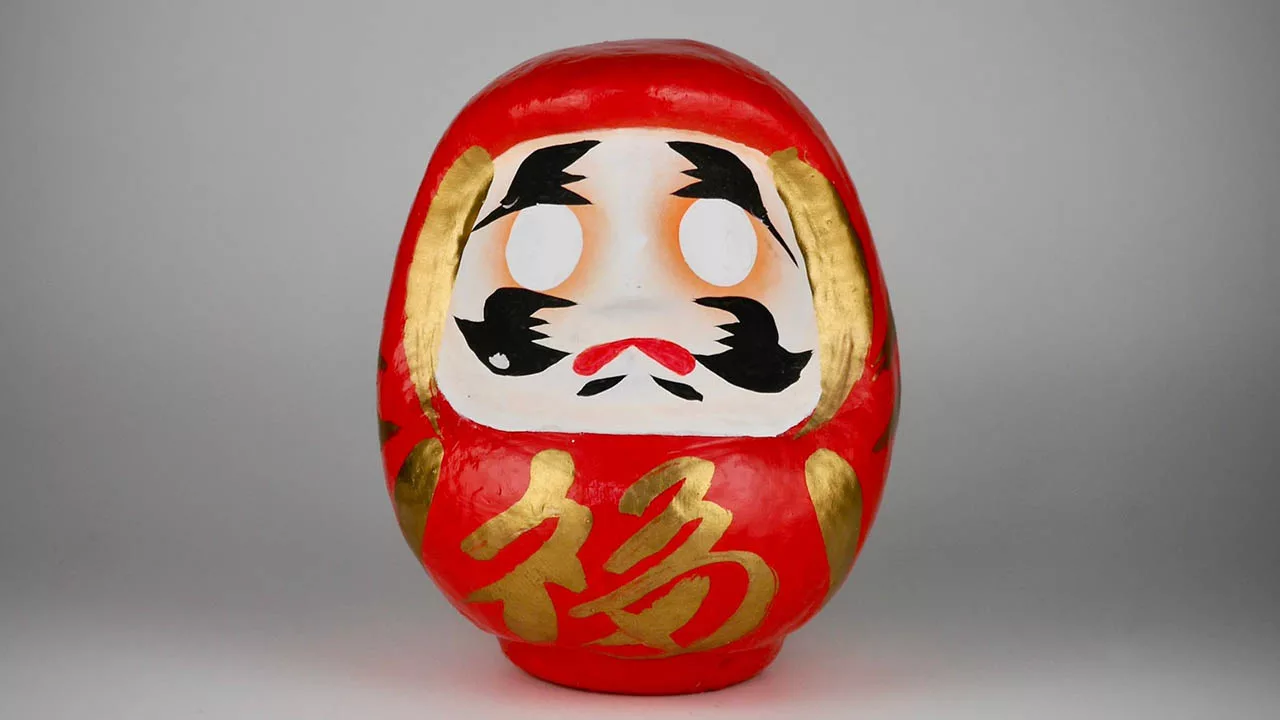
Bodhidharma Tea and the Art of Meditation
Legend has it that during his meditation, Bodhidharma experienced drowsiness, leading him to rip off his eyelids and cast them to the ground. From the spot where his eyelids fell, the first tea plants sprouted, symbolizing the awakening and revitalization brought about by tea. Bodhidharma then chewed on the leaves of these tea plants to stave off sleep and deepen his meditation practice. This legendary tale underscores the transformative power of meditation and the profound connection between tea and spiritual awakening.
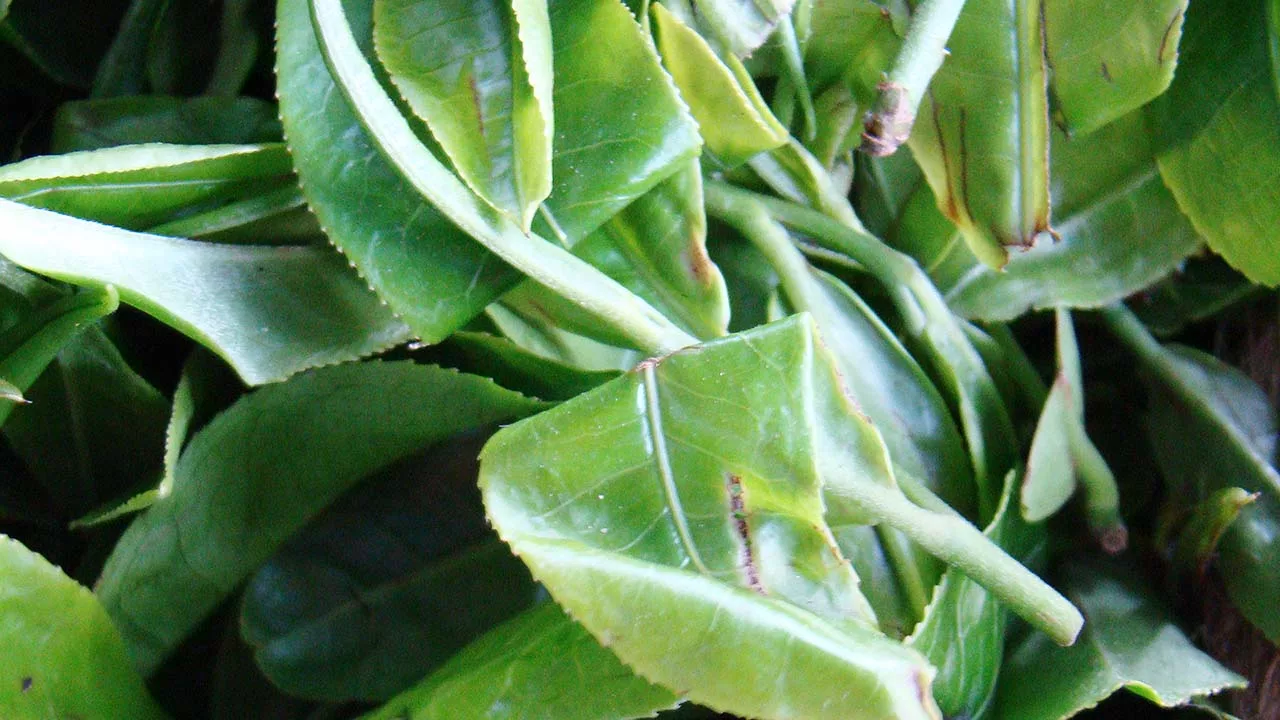
Chai Ki Charcha: Embracing the Silence
In a world consumed by noise and distraction, the concept of “Chai Ki Charcha” invites us to embrace silence, to savor the moment, and to commune with nature. Unlike its more boisterous counterpart, “Chai Pe Charcha,” which connotes lively discussions over tea, “Chai Ki Charcha” celebrates the meditative solitude of the mountains, where the rhythmic chant of prayer flags and the gentle murmur of streams echo the timeless wisdom of the ages.
Conclusion:
As we sip our tea amidst the tranquil beauty of the mountains, let us reflect on the profound interconnectedness of all things – the union of tea and mountains, of meditation and enlightenment. In the quietude of our hearts, amidst the grandeur of nature, may we find solace, inspiration, and the eternal presence of the divine.
Recommended for you:

